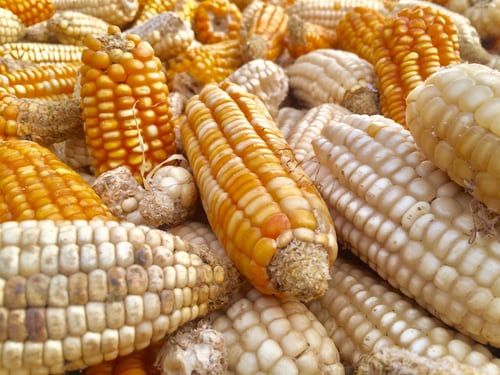2019 price of maize in Ghana

Maize, also known as corn, is a grain crop that has been a staple food in many parts of the world for centuries. Native to Central America, maize has spread throughout the world and is now grown in a variety of climates and regions. Maize is a major source of nutrition, providing essential vitamins, minerals, and dietary fiber.
Maize is an essential part of Ghana’s agricultural sector. It is the primary source of income for many smallholder farmers, providing employment and helping to alleviate poverty. It is also an important source of food for the nation’s growing population. Maize is a relatively drought-tolerant crop, which means it can withstand seasonal droughts and still provide yields. This makes it an important crop for Ghana’s farmers, and helps to ensure a more stable food supply.
The year 2019 saw some significant changes in the price of maize in Ghana. With rising prices of other staple foods such as rice, maize has become an important alternative for many Ghanaians. Maize is widely used in many of Ghana’s traditional dishes, and the demand for it has been steadily increasing over the last few years.
2019 price of maize in Ghana
At the start of 2019, the price of maize in Ghana was relatively low. Prices were around GHS 1.30 to GHS 1.40 per kilogram. This price was due to the large amounts of maize that were imported from neighbouring countries, such as Burkina Faso and Ivory Coast.
However, towards the middle of the year, the price of maize began to rise. This was due to the fact that the amount of maize imported from neighbouring countries had decreased. The decrease in imports caused a shortage of maize in Ghana, which caused the price to go up. By the end of July 2019, the price of maize had already increased to GHS 1.60 per kilogram.
The price of maize continued to rise throughout the year. By October 2019, the price had reached GHS 2.00 per kilogram. The price of maize stayed at this level until the end of the year.
Factors that affected the price of maize in 2019
The price of maize is affected by a variety of factors such as weather conditions, market conditions, government policies, and production costs.
1. Weather conditions
Weather conditions, particularly rainfall, play a major role in determining the price of maize in Ghana. Inadequate rainfall can lead to a decrease in crop yields, while too much rainfall can lead to flooding and soil erosion, which can cause damage to crops. In both cases, the availability of maize is decreased and the price is consequently increased.
2. Market conditions
Market demand and supply Market demand and supply is another factor that affects the price of maize in Ghana. If there is an increase in demand for maize due to population growth or socio-economic factors, the price of maize will increase. However, if the supply of maize is greater than the demand, the price will decrease.
3. Government policies
Government policies also play an important role in the price of maize in Ghana. The government can influence the price by providing subsidies, increasing taxes, and setting quotas. These policies can either reduce the cost of maize or increase it depending on the desired outcome
4. Production cost
- Advertisement -
Production costs can also affect the price of maize. Factors such as the costs of production technology, inputs, and labor costs can all contribute to increased prices for maize. Additionally, the cost of transporting maize from the farm to the market can also influence the price of maize.
Conclusion
The 2019 price of maize in Ghana was a major concern for the country due to its implications for local farmers and consumers. The price trend throughout the year was generally positive, with an overall increase in the average price from January to December.
This was likely due to an increase in demand for maize as well as a decrease in supply due to drought conditions in some areas. As a result, the cost of maize became an important factor for Ghana’s agricultural sector and its overall economy. Going forward, it will be critical for local governments, farmers, and consumers to closely monitor the price trend of maize to ensure that it remains affordable and accessible to everyone.


